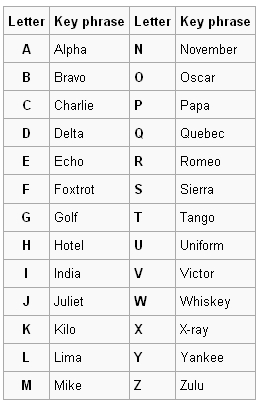In 1825, an artist by the name of Samuel Morse was travelling to a city far from his home to paint a commission. While working on his painting, he received a letter from his father, which informed Samuel that his wife was ill with an infection. The next day, another letter came, but this time detailing his wife’s sudden death. Upon receiving the letter, Morse immediately returned to his home as fast as possible, but he arrived after they had already buried his wife. This was the age before fast long-distance communication, where messages could only be sent as fast as the horses that carried them.
Frustrated by the inefficient communication methods of his time, Morse became dedicated to devising a better way to send messages over long distance at a much faster speed. After intensive studying of electromagnetism, Morse eventually developed the first concept of a single-wire telegraph. The telegraph could send electrical signals of variable length at fast speeds down wires with a simple button.
Together with the telegraph, Morse devised a code alphabet so that messages could be sent encoded into short and long signals on the telegraph. A dot (“dit”) represents a short press, a dash (“dah”) represents a long press (three times longer than a short press). Each letter is separated by a space the length of 3 dots. Words would be spaced out by a slightly longer pause – the length of 7 dots. Morse designed the code to be efficient and so he made the most common letters (E, I, S, T and so forth) the shortest in length.







